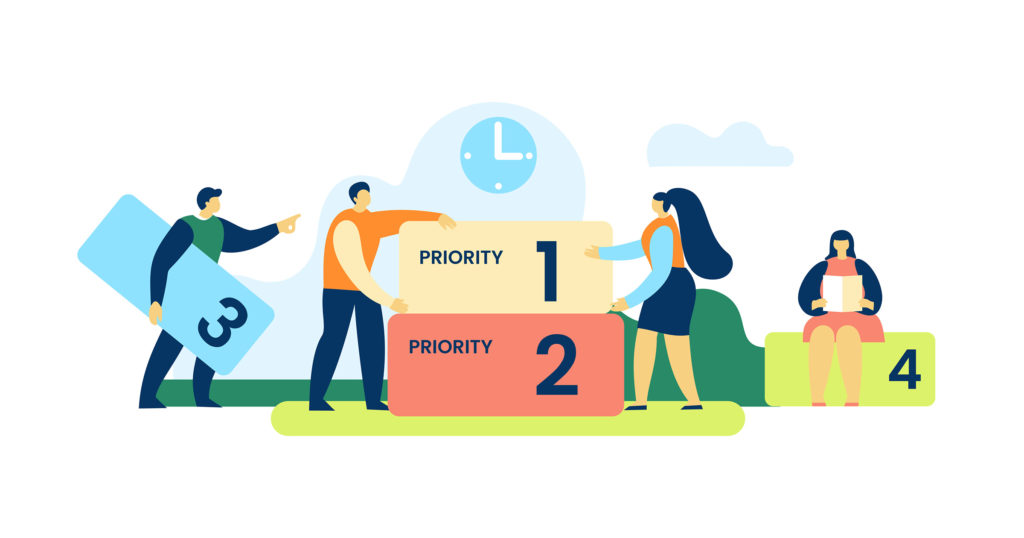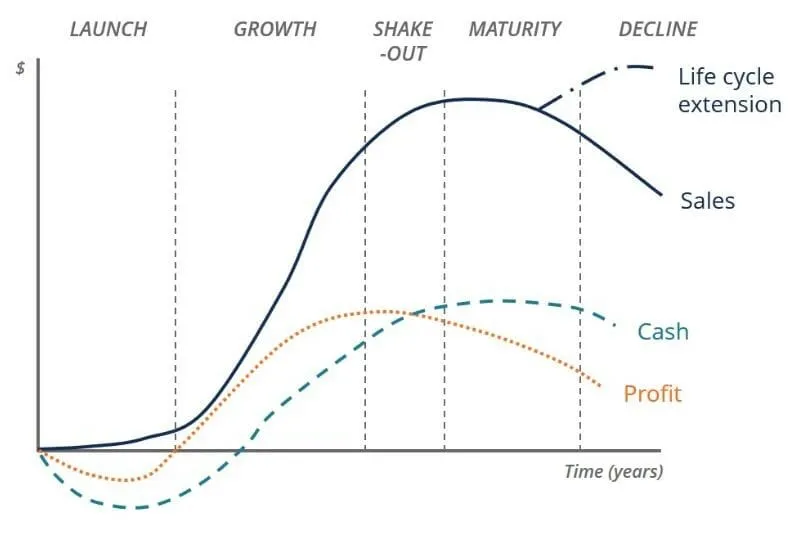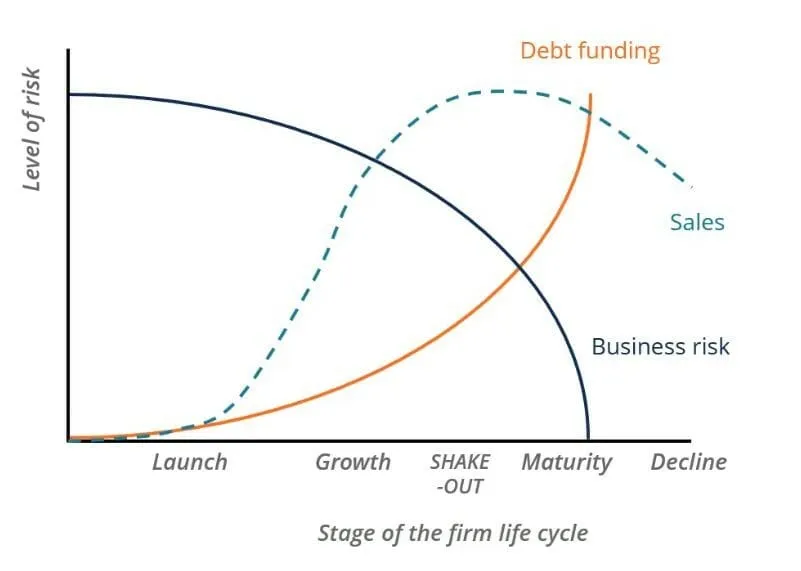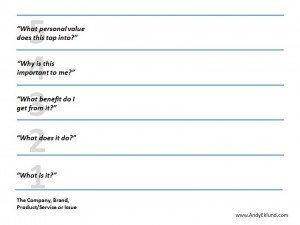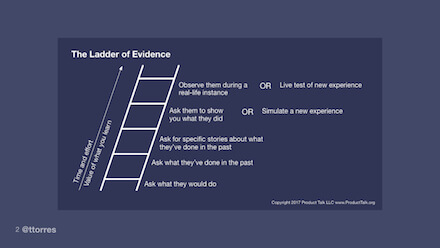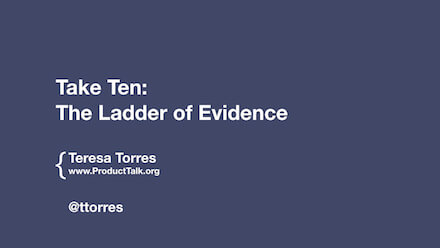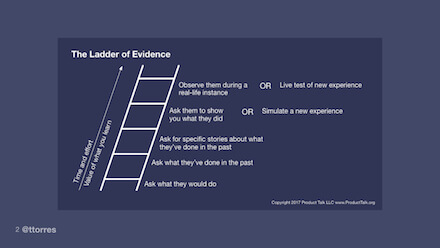Use Doctrine to Pierce the Fog of Business
by Mark Bonchek and Chris Fussell
The “fog of war” describes the uncertainty faced by soldiers in the field of battle. In today’s markets, business leaders face a similar challenge: how to pierce through the “the fog of business.”
The traditional tools of management — strategy and planning — are no longer sufficient. Strategy and planning are like high beams on a car; they just bounce off the fog. Strategy doesn’t give employees enough guidance to know how to take action, and plans are too rigid to adapt to changing circumstances. In rapidly changing environments, you need fog lights to get closer to the ground.
Business leaders recognize the importance of pushing decision-making down the organization and out to the front line. But delegation can lead to invisibility, inconsistency and even chaos. When driving, fog lights work best when there are lines on the road to follow. Similarly, leaders must create mechanisms that keep everyone aligned to the mission and coordinated in the field.
Doctrine is the military’s mechanism for managing the fog of war, pushing decision-making closer to the ground while providing the lines to guide decision-making and action. Doctrine creates the common framework of understanding inside of which individuals can make rapid decisions that are right for their circumstances. We believe doctrine offers a powerful model for executives looking to pierce the fog of business and find new ways of exerting influence without centralized control.
NATO defines doctrine as “Fundamental principles by which the military forces guide their actions in support of objectives. It is authoritative but requires judgment in application.” If strategy defines objectives, and plans prescribe behavior, then doctrine guides decisions.
Consider one example from U.S. Special Operations teams trying to get the most use out of their helicopters, assets with high demand and limited supply. One approach would be to centralize all of these decisions, but that would be too slow. Another would be to have a computer automate the process, but there would be no way to feed enough data into the system in real time. So Special Operations went with a third option … let the human network figure it out and create solutions.
This network became the fog lights, pushing decision-making closer to the ground. But how to ensure the human network made the right decisions? What were the lines to paint on the road?
Military leadership created a common doctrine to frame the organization’s understanding of how helicopters would and wouldn’t be employed, their range, their maximum load capacity, their refueling requirements, etc. With these principles and shared understanding, the network could quickly coordinate across silos and create collaborative solutions.
One of the most powerful qualities of doctrine is its scalability. Like a Russian matryoshka doll, doctrine can be nested inside other doctrine. For example, the doctrine related to helicopters is nested inside doctrine related to the military’s network-centric approach to warfighting. This higher-level doctrine has four core tenets:
- A robustly networked force improves information sharing;
- Information sharing enhances the quality of information and shared situational awareness;
- Shared situational awareness enables collaboration and self-synchronization, and enhances sustainability and speed of command; and
- These, in turn, dramatically increase mission effectiveness.
One can see how the distributed approach to managing helicopters flowed from this higher level doctrine, especially in how to achieve self-synchronization. Doctrine provided the many units spread around the battlefield with a shared framework in which they could operate. Units were free to move and take action within that framework. In turn, results were fed back to leaders, who evolved the doctrine to improve performance, enabling a true learning organization.
The media company TED would seem to have little in common with Special Forces units in Iraq. But in fact, TED’s approach to scalable growth echoes the same doctrine-based approach.
Founded in 1984 by Richard Saul Wurman, TED became famous for its exclusive conferences and compelling talks. The world discovered TED when Chris Anderson posted videos of the talks online. But how to give more people the experience of TED events, not just the content? The solution was TEDx, which launched in 2008 to extend the TED mission of “ideas worth spreading.” In only a few years, TEDx has grown to 1,300 events in 134 countries with only a handful of employees.
What most people don’t know is that TED has no direct control over TEDx events. Instead, TED authorizes and empowers local organizers to create TED-like events in their own communities. How does TED ensure consistency instead of chaos? With what amounts to doctrine.
On its web site, TED publishes clear guidelines for organizers on how to run a TEDx event:
- 1. RULES, e.g. “Your event must maintain the spirit of TED itself: multidisciplinary, focused on the power of ideas to change attitudes, lives and ultimately, the world.”
- 2. RESPONSIBILITIES, e.g. “Early on, you’ll need to decide who your event is for: Work colleagues? Friends? Kids? This decision will help guide all the decisions that follow.”
- 3. RESOURCES: Best practices from the community on designing, promoting, and sponsoring TEDx events
These guidelines are consistent with the definition of doctrine: “Fundamental principles by which [TEDx organizers] guide their actions in support of objectives.” These principles are “authoritative but require judgment in application.” As another sign of the doctrine-based approach, TED recently had a problem with some of the TEDx events. Rather than step in to micromanage, they clarified and reinforced the doctrine.
How can you apply doctrine to your company?
1. See where you might already have some elements of doctrine.
Do you have principles that guide decision-making throughout the organization? Sometimes these are informal precepts that are passed along as part of the culture. Other times they get codified, as Reed Hastings did for Netflix.
2. Identify areas conducive to doctrine-based approaches.
It might be where the front line is calling for more authority, but where you are afraid to give up control. Or where centralized operations can’t keep up with the amount of information or the variety of local conditions (as in the case of the helicopters.)
3. Involve your broader team in creating the doctrine.
When the military rewrote its doctrine on counter-insurgency, it brought together a cross-functional team of soldiers, civilians, experts and leaders while gathering feedback from hundreds of front-line personnel. When IBM rewrote its values, it engaged 50,000 employees around the world.
4. When developing doctrine, focus on principles not policies.
Don’t be too specific in telling people what to do, but also not so broad that it doesn’t help them make the right decision. What information do you need from them, and what information do they need from you, in order to create rapid, independent, and effective action?
One way to put these steps into practice is to convene a “Constitutional Convention.”
After all, a constitution is essentially doctrine for democracy, providing the enduring principles by which to govern a nation. The Agile software movement started with such a gathering.
Ultimately, good doctrine becomes embedded in the culture. Touring a command post in Baghdad, a general came across this sign: “In the absence of guidance or orders, determine what they should have been and execute aggressively.” Good doctrine provides the empowerment, autonomy, and direction to make this not only possible, but effective. For business leaders operating in fast-moving and uncertain environments, doctrine dispels the fog of business.
Original document, Use Doctrine to Pierce the Fog of Business
Source: HBR
Adapted for Academy.Warriorrising




